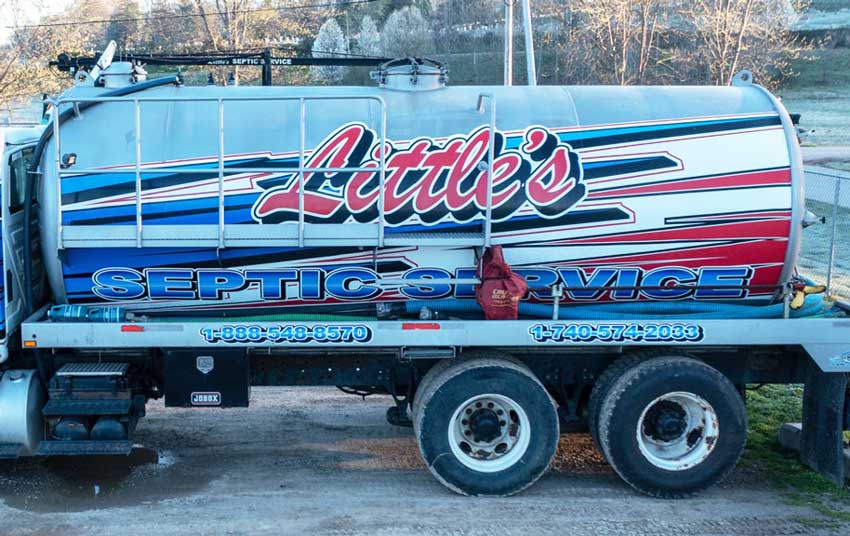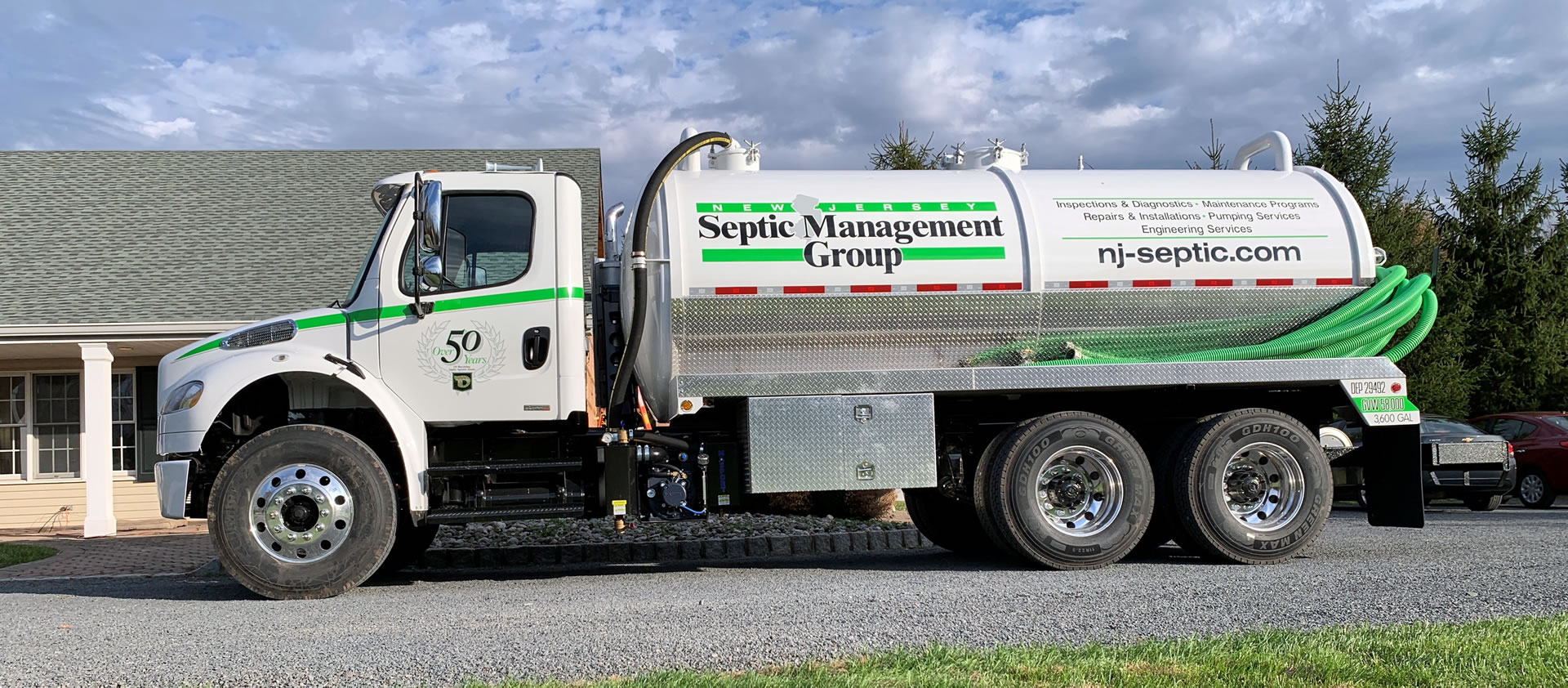Top Guidelines Of Stillwell Septic And Grading
Top Guidelines Of Stillwell Septic And Grading
Blog Article
Stillwell Septic And Grading for Beginners
Table of ContentsSome Known Details About Stillwell Septic And Grading Stillwell Septic And Grading Fundamentals ExplainedUnknown Facts About Stillwell Septic And GradingAbout Stillwell Septic And GradingHow Stillwell Septic And Grading can Save You Time, Stress, and Money.Facts About Stillwell Septic And Grading UncoveredThe Only Guide for Stillwell Septic And Grading

Homeowners must likewise enlighten themselves on the fundamentals of septic tanks to guarantee they make informed choices throughout the setup procedure - Septic Tank Repairs. Septic tanks are an important part of numerous homes that are not linked to a local drain system. They are designed to deal with and deal with family wastewater on-site
The septic tank is a large, below ground container made of concrete, fiberglass, or plastic. It receives all the wastewater from the home, consisting of water from sinks, toilets, showers, and cleaning machines. The tank separates the strong waste from the fluid waste. The strong waste works out to the bottom of the container, while the fluid waste, or effluent, increases to the top.
4 Simple Techniques For Stillwell Septic And Grading
It is likewise crucial to preserve water and prevent overwhelming the system. Simple actions such as dealing with leaky taps and bathrooms, installing low-flow showerheads and bathrooms, and spreading out washing lots can help minimize water usage and prolong the life of the septic system.
The topography of the website is also examined to make sure that the septic tank is installed at the correct elevation. https://penzu.com/p/f8e3ffda9010af9e. The system must be installed at a higher altitude than the bordering area to avoid contamination of the surrounding atmosphere. Setbacks are the minimal ranges called for by legislation in between the septic system and various other structures or attributes such as wells, structures, and residential property lines
The suggested altitudes of the system are figured out based on the results of the soil analysis and topography analysis. The altitudes will guarantee that the septic tank functions properly, and wastewater is successfully treated - Setpic System Repairs. Finally, a website assessment is an essential action in septic container installment. It ensures that the septic system is installed in one of the most optimum area, taking into account the dirt, topography, and obstacles.
Some Known Incorrect Statements About Stillwell Septic And Grading
Before installing a septic storage tank, homeowners require to acquire permits and comply with regulations. Some of the permits and policies that house owners need to take into consideration consist of:: Home owners need to obtain a permit from the local wellness department or building department prior to installing a septic system.
For instance, some communities might need a minimum whole lot size for septic tank installation.: Homeowners require to follow ecological regulations when mounting a septic system. Some states may call for an environmental impact evaluation before setting up a septic system.: Home owners need to conform with building guidelines when mounting a septic system.
Fascination About Stillwell Septic And Grading
Some municipalities may need regular inspections and pumping of the septic storage tank. It is critical for homeowners to acquire licenses and abide with policies before setting up a septic system.
One of the most crucial elements to consider when choosing a sewage-disposal tank is the size. A sewage-disposal tank that is too small for the home's demands will certainly need even more regular pumping, while a storage tank that is as well huge can result in extreme water accumulation and potential system failure. A general general rule is that the storage tank should be able to hold at the very least two days' well worth of wastewater.
Everything about Stillwell Septic And Grading

It's also vital to take into consideration the type of system the septic container will be used with. There are 2 main types of septic systems: gravity and stress.
About Stillwell Septic And Grading
Generally, choosing the best septic tank for a home is an important choice that calls Septic Tank Pumping for cautious factor to consider. Prior to setting up a septic container, property owners must take certain actions to prepare for the installment procedure.
Right here are some vital security measures to follow: Put on protective equipment: Homeowners should wear safety gear, such as handwear covers, boots, and safety helmets, to prevent injury throughout the installation procedure. Prevent electric lines: Homeowners need to avoid digging near electric lines to stop electrocution. Usage care when operating hefty machinery: Home owners need to utilize caution when operating hefty machinery to prevent mishaps and injuries.
The Best Guide To Stillwell Septic And Grading
By adhering to these essential steps, homeowners can guarantee an effective septic tank setup process. Sewage-disposal tank setup is a vital procedure that requires mindful planning and execution. Property owners that are setting up a sewage-disposal tank for the very first time must recognize the vital steps involved in the process to make certain that their septic tank operates effectively and effectively.

Report this page